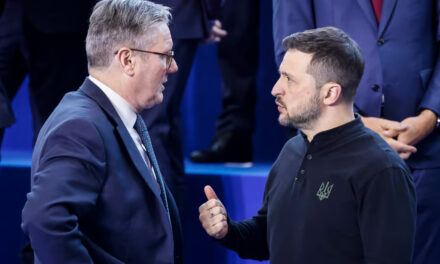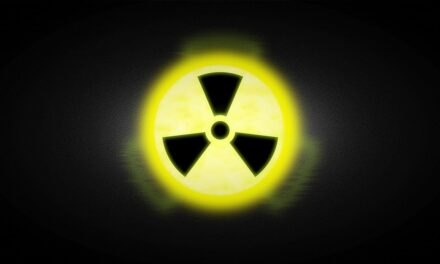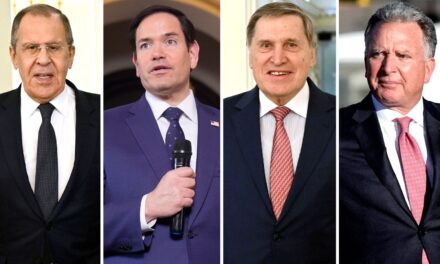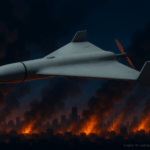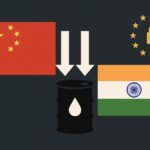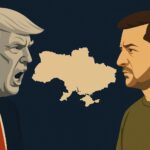After a rare call, Moscow refused the 30-day, unconditional ceasefire Kyiv had accepted. theguardian.com The conversation itself lasted roughly two hours, and while Donald Trump publicly hailed it as an “excellent” exchange, he offered few concrete steps beyond signaling that negotiations should begin and could be hosted by the Vatican. Reuters reported Trump’s claim that talks would start “immediately” and his suggestion that the Holy See could provide a neutral venue, even as the Kremlin avoided committing to any timeline. Reuters+2Reuters+2 Moscow instead floated working on a memorandum about future peace talks—language that suggests process without near-term de-escalation—while declining to endorse the 30-day truce Washington and Europe had pressed. Reuters+1
Kyiv, which had already signaled readiness for a ceasefire and direct negotiations, framed Russia’s stance as an attempt to buy time while keeping military pressure intact. European partners, likewise, leaned on the Kremlin to accept an unconditional pause and warned of additional sanctions if it did not engage seriously. The Associated Press The tactical picture during this diplomatic flurry underscored the stakes: shortly after Moscow rebuffed the proposal, Russian forces continued striking Ukraine with large drone salvos, a reminder that the costs of delay are borne on the battlefield and by civilians. pbs.org
Trump’s own messaging highlighted the gap between rhetoric and results. He struck an upbeat tone and implied progress was possible, but also hinted the United States might step back if talks stalled—an approach that risks unsettling European allies who view sustained U.S. pressure as essential to any viable ceasefire. Reuters For now, the net effect of the call is to clarify positions rather than bridge them: Washington touted momentum; Kyiv remained ready to pause fighting under international guarantees; and Moscow signaled interest in process but not in halting its offensive without conditions. In practical terms, that leaves Ukraine and its partners managing continued attacks while exploring diplomatic architecture that, at least for the moment, lacks the one ingredient that would immediately save lives—a verified, time-bound ceasefire both sides accept.


